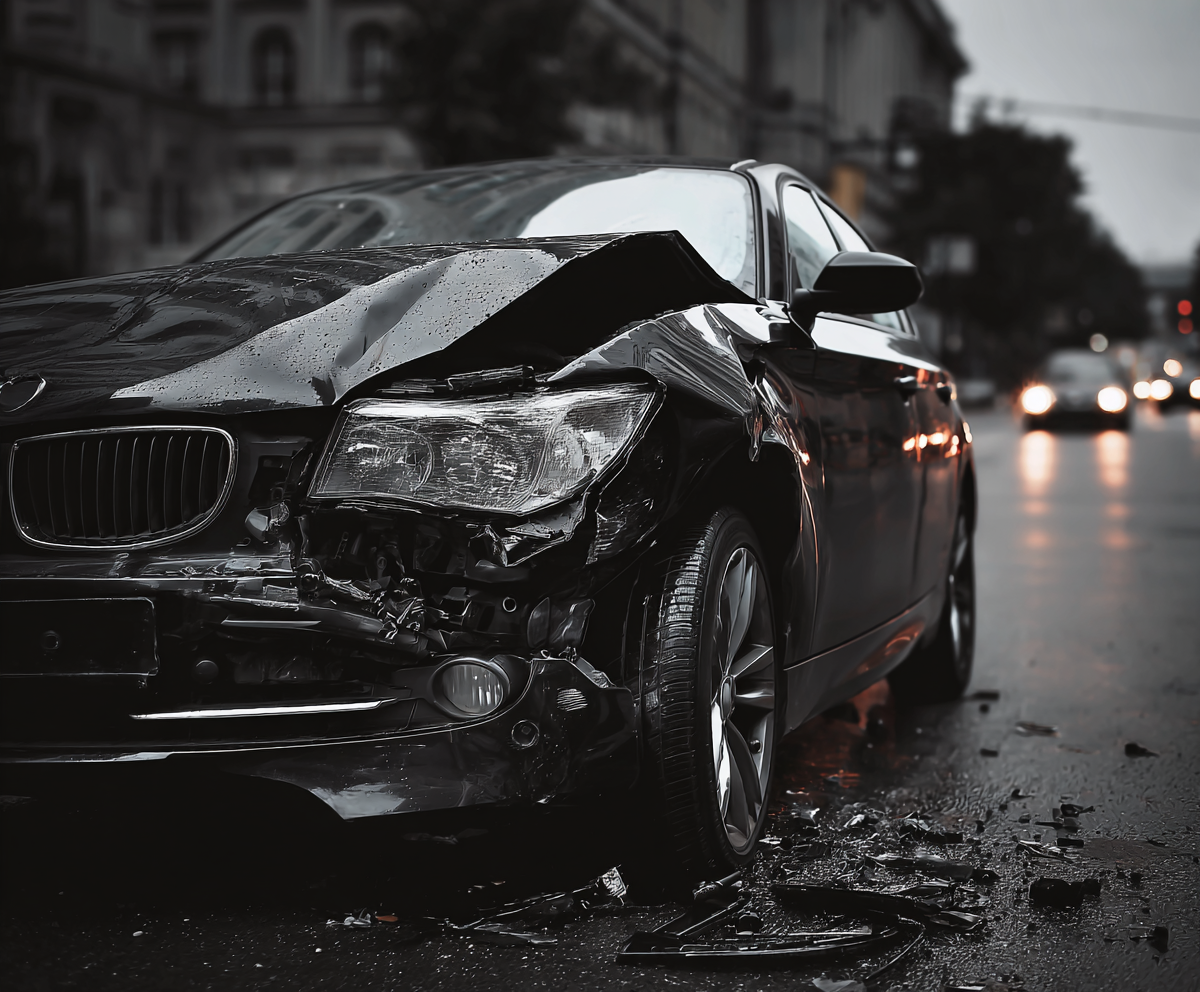How Fault is Determined in Connecticut Truck Accidents
Truck accidents often result in severe injuries, extensive property damage, and complex legal disputes. Determining fault is a critical aspect of resolving claims and ensuring victims receive appropriate compensation. In Connecticut, fault is assessed through a combination of legal principles, evidence analysis, and regulations governing truck operations. Here's what you need to know about how fault is determined in Connecticut truck accidents
Connecticut's Fault System
Connecticut operates under a modified comparative negligence system. This means that an injured party can recover damages as long as their share of fault does not exceed 50%. However, the amount of compensation is reduced by the percentage of fault attributed to the injured party. For example, if a victim is found to be 20% at fault, their compensation is reduced by that percentage.
This system makes fault determination especially significant in truck accidents, where multiple parties may share responsibility.
Key Factors in Determining Fault
1 - Violation of Traffic Laws
Fault is often linked to whether a driver violated traffic laws.
Truck drivers are also held to federal regulations, such as limits on driving hours and maintenance requirements. Violating these rules can indicate negligence. Examples include:
- Speeding or reckless driving
- Failing to yield
- Running red lights or stop signs
2 - Truck Driver Negligence
Truck drivers have a duty to operate their vehicles safely. Common examples of negligence include:
- Fatigued driving, often caused by exceeding Hours of Service (HOS) limits
- Distracted driving, such as texting or using a GPS while driving
- Impaired driving due to alcohol, drugs, or prescription medications
3 - Trucking Company Liability
The trucking company may share responsibility for the accident if they:
- Failed to maintain the vehicle properly
- Ignoring Hours of Service (HOS) limits
- Pressured drivers to meet unrealistic delivery deadlines
- Neglected to conduct background checks or provide adequate training
4 - Third-Party Responsibility
Sometimes, fault lies with a third party, such as:
- The manufacturer of defective truck parts
- A maintenance crew that failed to service the truck properly
- A loading company that improperly secured cargo
Evidence Used to Determine Fault

Gathering and analyzing evidence is essential for determining fault in a truck accident. Some common forms of evidence include:
- Police Reports
Police officers investigating the scene create a report that includes observations, statements, and any citations issued. This document is often a key piece of evidence in assigning fault. - Witness Testimonies
Statements from bystanders or other drivers who saw the accident can provide crucial insight into what happened. - Dashcam and Surveillance Footage
Video evidence from dashcams or nearby surveillance cameras can help reconstruct the accident and clarify which party is at fault. - Electronic Logging Device (ELD) Data
Federal law requires commercial trucks to use ELDs to track driving hours. This data can reveal whether the driver was in compliance with HOS regulations or potentially fatigued at the time of the accident. - Accident Reconstruction
Experts may be hired to analyze the accident scene, vehicle damage, and other factors to create a reconstruction that identifies the causes and contributing factors. - Maintenance Records
Truck maintenance logs can show whether the vehicle was properly serviced and if mechanical failure contributed to the crash.
The Role of Comparative Negligence
In many truck accident cases in Connecticut, multiple parties share some level of fault. For instance:
- The truck driver may have been speeding, but the other driver may have been distracted by their phone.
- The trucking company may have failed to inspect the brakes, but an improperly loaded trailer also contributed to the accident.
In such scenarios, Connecticut's comparative negligence laws determine the proportion of fault for each party. The courts or insurance adjusters calculate damages accordingly, which can significantly impact the compensation awarded.
Why Legal Representation is Crucial
Truck accident claims often involve large commercial insurance companies, federal regulations, and complex evidence. A skilled personal injury attorney can help victims by:
- Investigating the accident thoroughly
- Identifying all liable parties
- Negotiating with insurance companies
- Advocating for fair compensation in court if necessary
Walker Injury Law has extensive experience handling truck accident cases in Connecticut. Our dedicated team understands the intricacies of fault determination and fights relentlessly to protect your rights and maximize your recovery.
Determining fault in a
Connecticut truck accident requires a detailed analysis of evidence, adherence to legal principles, and understanding of trucking regulations. Whether you’re a victim of driver negligence, a trucking company’s oversight, or another factor, the legal team at Walker Injury Law can guide you through the process and help secure the compensation you deserve.
Contact Walker Injury Law
Call
(860) 789-1000
Injured? Contact our team today to schedule a free case consultation.
Walker Injury Law Personal Injury Attorney Practice Areas
Share Article
Recent Articles



